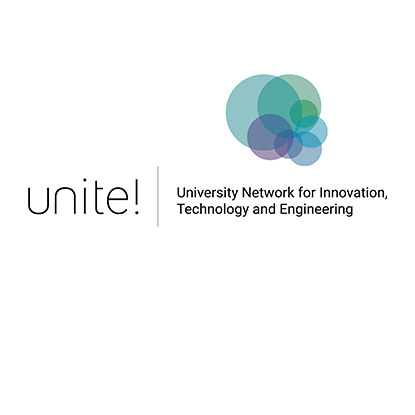Klaus Roppert studied and received his PhD at TU Wien. He is a postdoc at Graz University of Technology and has been head the Multiphysical Modelling and Simulation Group at the Institute of Fundamentals and Theory in Electrical Engineering since 2020. The 33-year-old researches computational electromagnetics with a Focus on magnetic material modelling. He is now researching and teaching as a guest professor at TU Darmstadt.
Why students should be interested in your scientific subject? What makes it exciting?
Computational Electromagnetics (CEM) is not just about simulating electromagnetic fields; it connects material science, numerical methods, and physics to solve real-world problems. For example, the study of materials – such as the fascinating phenomenon of hysteresis, where materials “remember” what they’ve been through – plays a pivotal role in determining electromagnetic behavior. This makes CEM essential for advancing technologies like electric vehicles, renewable energy systems, medical imaging, and 5G communication networks.
What makes CEM particularly exciting, and the niche I specialize in, is modeling magnetic materials and incorporating them into simulations of real-world applications. My approach starts from a fundamental level: understanding the effects that occur in magnetic materials, identifying which are most relevant, and developing fast, practical models that application engineers can actually use. This balance between fundamental research and real-world applicability is what I enjoy most. I never get lost in the intricate details because I always keep the end user – the application engineer – in mind.
At TU Darmstadt the need for interdisciplinarity is accentuated. Which cutting points / interfaces to other faculties exist in your area of research?
Interdisciplinarity is at the core of my research, and collaborations with other faculties are crucial. For instance, mathematicians play an essential role in complementing the work of engineers like me. While we often develop methods based on intuition or practical experience – what I would call a “gut feeling” – mathematicians provide the rigorous proofs that validate these methods, ensuring their reliability and correctness. Similarly, material scientists are indispensable in the study of (ferro)magnetic materials, such as the steel sheets used in power transformers or electric machines. Understanding how the orientation of grains and crystals, as well as processes like heat treatment and rolling, affect material parameters is vital. Their expertise allows us to uncover these relationships and collaborate on optimizing production techniques to improve efficiency.
Electrical engineering, my “home faculty,” brings all these developments together, applying mathematical, physical and material insights to practical simulations of electric machines and power transformers.
If I would be a student today, I would…
Take a broader and more exploratory approach to learning, rather than rushing through the curriculum just to meet deadlines or pass exams. I would focus on truly understanding the foundational concepts, as they are what you’ll draw upon in unexpected ways later in your career. Beyond this, I would actively seek out opportunities to study topics outside my immediate field (in my case it was mechanical engineering). For example, during my PhD, I realized how much I benefited from attending lectures in physics and mathematics. These disciplines offered invaluable insights into topics like material behavior and numerical methods, which became essential for solving complex interdisciplinary multiphysical problems during my PhD. These younger years are about pushing boundaries, stepping outside your comfort zone, and embracing the freedom to make mistakes, learn from them, and grow. It’s the perfect time to cultivate a lifelong passion for learning new stuff and staying agile.











